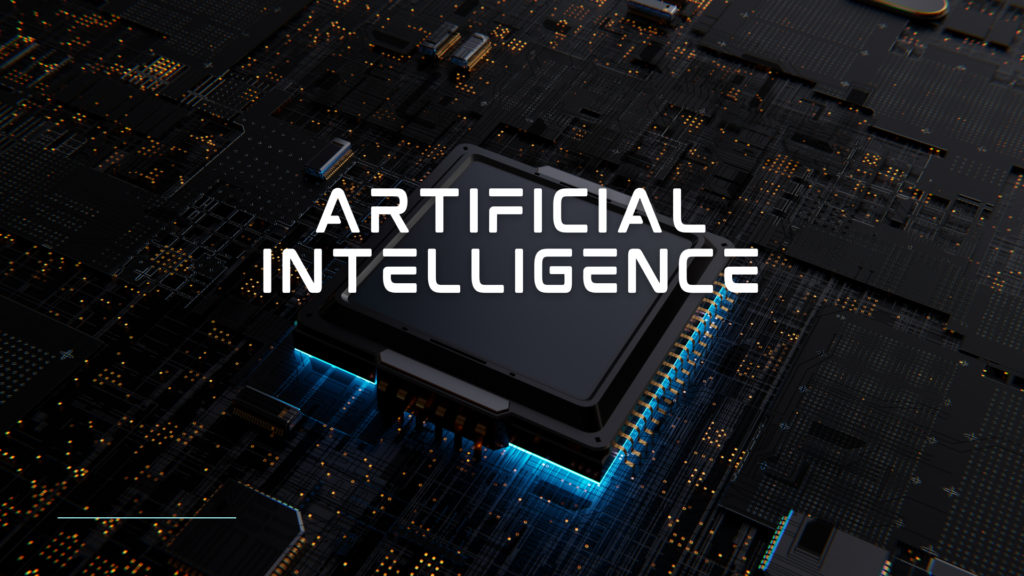AI in robotics is changing the face of industries, improving on automation and possibilities in a number of disciplines across the board. Originally, the robotics industry was applied to assembling, medicine, and transportation, and today they became more intelligent and flexible due to the AI and machine learning developments. None of these advancements are solely for industrial use only; they are making their way into self-driving cars, hospital-use robots, and even people’s helpers.
AI IN ROBOTICS: A GAME-CHANGER
AI in context to robotics is a tool that utilizes algorithms and learning to cause the robots to act on their own. This has culminated in generation of robots based on artificial intelligence whereby the machines are capable of executing preprogrammed commands in addition to that, the machines can decide, learn from the experience and can work effectively under new conditions. Sensors, cameras and abilities to gather and analyze data results in capability of robots to perceive the real time data to respond to it appropriately.
Perception is one of the most significant areas of improvement in robotics by the use of Artificial Intelligence. Such robots as AI are capable of identifying their environments, objects within that environment, and even danger. This ‘experience’ is necessary for the robots to implicitly ‘see’ and ‘understand’ their environment in order to perform specific functions such as constructing products, operating on patients or managing a warehouse.
AI’s long time data processing is also improving robotics by allowing the prediction of actual results. Manufacturing businesses can also use A.I. to interpret performance data of machines and materials, and identify their condition and when needs to be replaced or repaired it. This predictive ability makes it easy to avoid downtimes, improve production and cut expenses. Artificial intelligence-powered self-driving automobiles can monitor a field’s condition, identify insect activity, and schedule irrigation, which greatly improves farming efficiency.
ENHANCING ROBOTICS’ MODALITY USING AI AND MACHINE LEARNING
Robotics cannot be discussed separately from technologies, such as artificial intelligence and machine learning. AI is used in robots to enable them learn from past events and data, and then make relevant prediction to enhance the overall performance as time goes on. For example, robotic arm used in a production line might learn to detect problems in what it is making by patterns and use image recognition to notify quality control.
In machine learning, there are four types of learning, namely, supervised learning, unsupervised learning, and reinforcement learning all of which are used to train robots. Supervised learning means placing robots in a set of large data with labeled examples to enable them gain recognition of the classification revelation of sequences. Unsupervised learning on the other hand allows robots to build better patterns and structures within the data sets without tags, thus improving its performance while making decisions. Reinforcement learning enables robots to act in an environment by following trial-and-error learning with added incentives provided for successful completion of a particular task. This is useful specially in self-driving cars for instance robots are making decisions in real-time environment and need the prediction results.
Natural language processing is also improved through machine learning to the robots. For instance, voice-controlled robots such as virtual assistants like Siri, or customer service robots require algorithms, which improve the robot’s understanding of spoken language. These systems can learn from the received feedback and with that knowledge can enhance the manner in which they develop user interactions.
ROBOTIC SYSTEMS AND CYBERSECURITY
That is why cybersecurity takes on growing worth, the more unified and automated the robotics systems develop. Artificial intelligence and machine learning are commonly used to optimize the security arrangements of the robotic systems. Industrial robots are usually integrated in a system that has other components such as the sensors, cameras and cloud-based systems. This integrated environment makes them prone to computer crimes which would cause, for example, a stoppage in production, or a theft of information together with other calamities that may even harm individuals.
Fortunately, with the use of AI, these risks are being managed through the use of improved cybersecurity. Real-time threats are also appearing under the fire of machine learning algorithms to identify possible threats. Through identifying patterns in the flows of data in a network, these systems are capable of detecting anomalous which may well be a result of a cyber-attack. For example, AI can tell when a robot’s communication lines have been interfered with or there is an attempt to interfere with its sensors.
Moreover, AI-based defense mechanisms can determine tendencies of threat in robotic systems before they are threatened. This kind of action is useful to safeguard the robots’ networks, prevent unauthorized individuals from getting in and safe information from being hacked or falsified. In important operations such as health and defense, where the robotic system processes data, AI in cybersecurity is crucial for minimizing the vulnerability of robots.
Through AI, robots can also detect and mitigate cyber threat as they happen. For instance, in a human-robot collaborative working environment, the robot may have AI features that can alert the relevant authority of a security threat and stop a process or redirect it in order to guard against a further ransack. Such AI-protective-response system is important in guarding and protecting robotic systems in a conservative interconnected planet.
THE FUTURE OF AI AND ROBOTICS
Furthermore, as Ai keeps on proceeding the use of AI in robotics is set to increase. Robots of the future will be smarter more self-sustaining, and more qualified for random high level, dynamic tasks in various terrains. The combination of AI and robotics is expected to lead to enhancing the function of manufacturing smart systems, delivering smarter health care, and creating innovative autonomous systems.
In conclusion, AI is not a smart, an advanced tool in robotics but it is even a tool that transforms robotics. From making production in manufacturing faster to delivering critical help in healthcare, AI in robotics is emerging new opportunities in sectors. Owing to the current enhancements in artificial intelligence, machine learning and cyber security the future of robotics seems brighter.

